
How to Select the Right Battery Cyclers: 5 Essential Tips
1. Introduction As a fundamental component of modern energy systems, batteries play a critical role in numerous applications including consumer electronics, electric vehicles, and…

1. Introduction As a fundamental component of modern energy systems, batteries play a critical role in numerous applications including consumer electronics, electric vehicles, and…
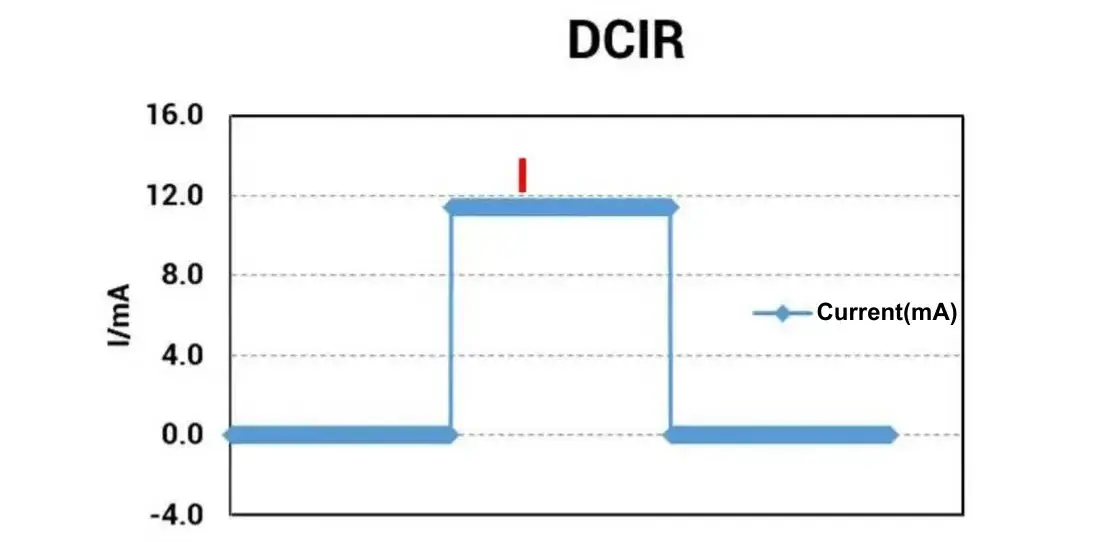
1. What is DCIR? Direct Current Internal Resistance (DCIR) refers to the resistance value calculated in accordance with Ohm’s Law by applying a DC current step signal to a b…
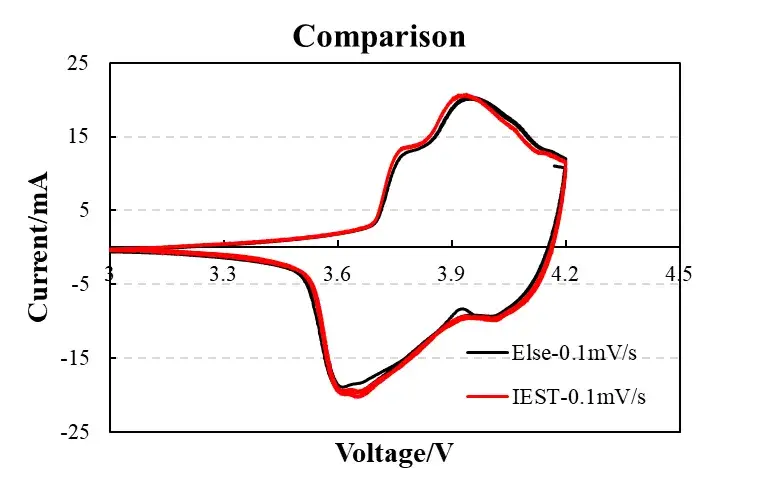
1. Fundamentals of Cyclic Voltammetry Cyclic Voltammetry (CV) represents a core electrochemical characterization method, frequently described as a diagnostic assessment tool and p…

1. Background In battery R&D and quality control, charge-discharge test equipment serves as a “diagnostic center” for cells. By precisely controlling parameters su…
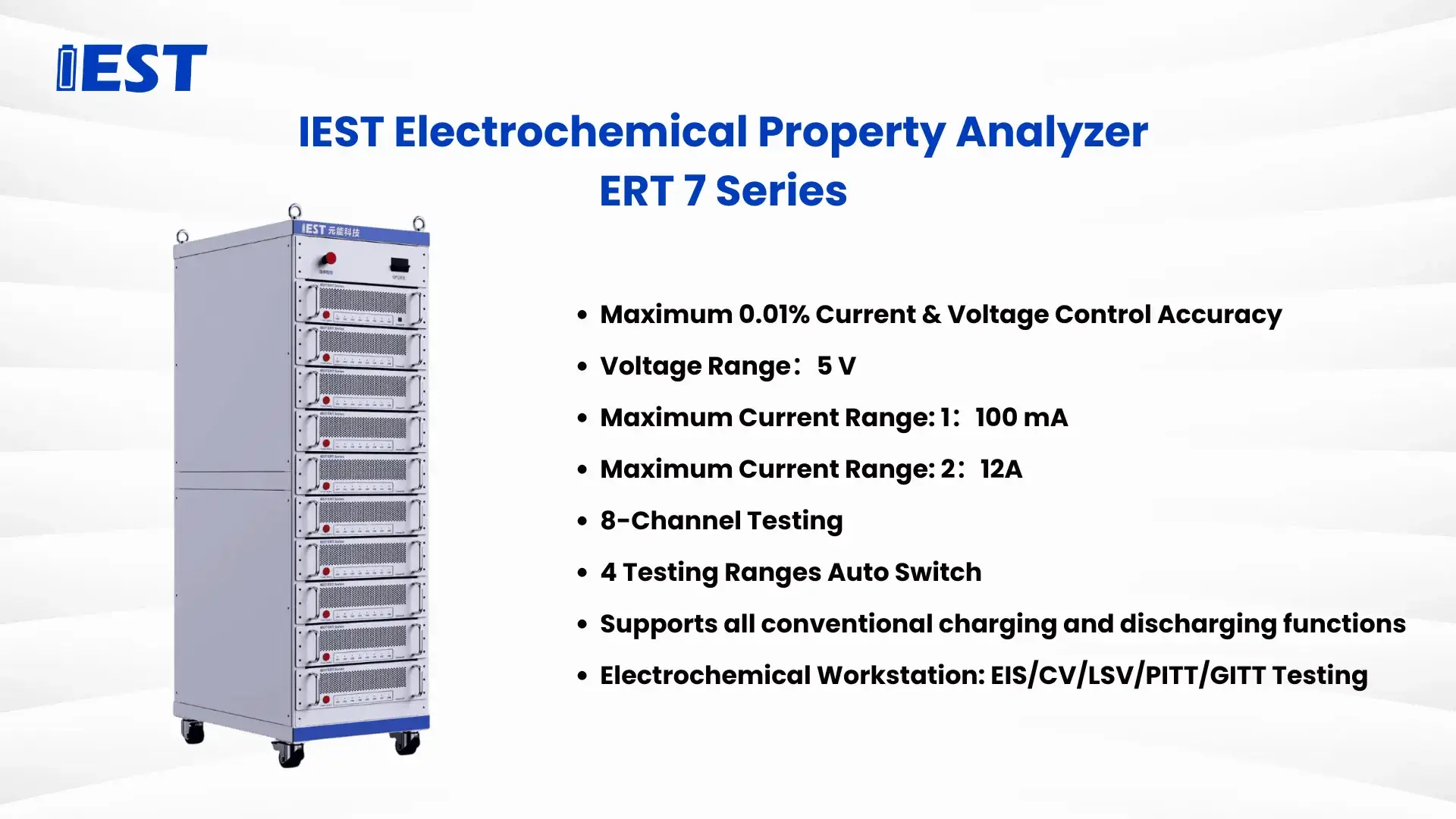
Within the battery testing field, Electrochemical Impedance Spectroscopy (EIS) is an indispensable analytical technique. Functioning like an “X-ray machine,” it enable…
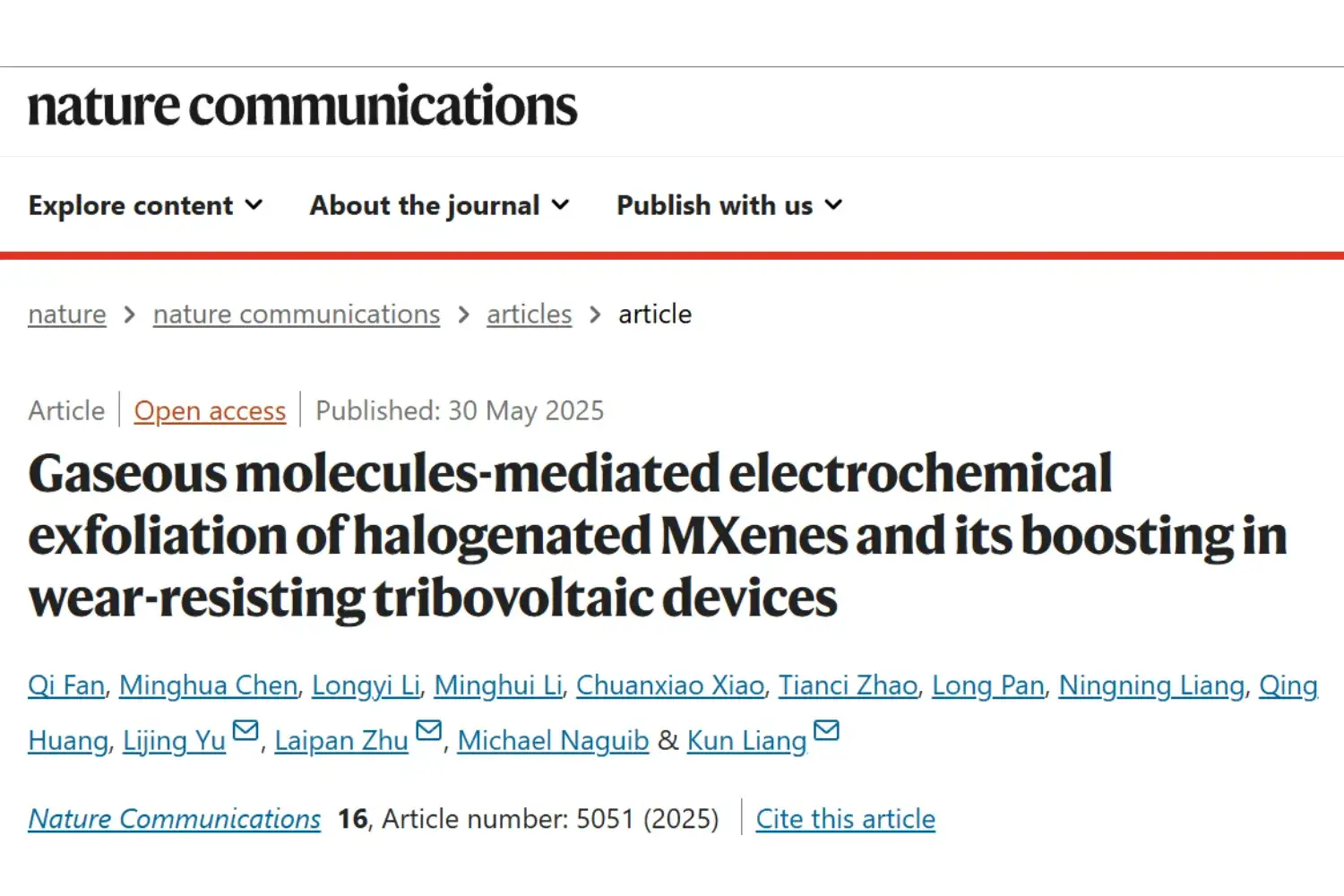
1. Article Information: Title: Efficient Electrochemical Exfoliation of Halogen-Terminated MXenes Mediated by Gaseous Molecules and Their Enhancement in Wear-Resistant Trib…
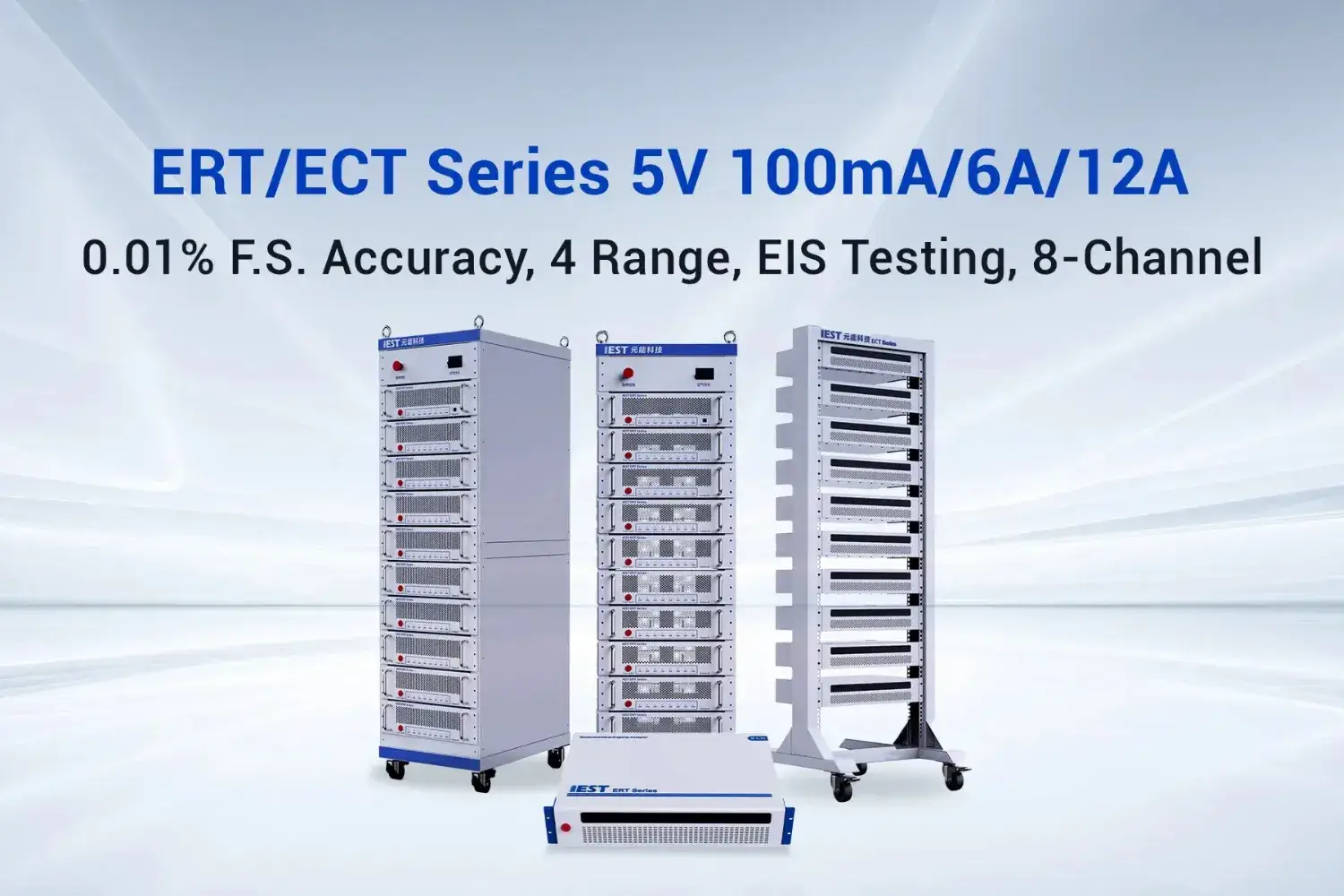
1. Preface In the field of electrochemistry, electrochemical workstation testing equipment is a key tool for researching and developing new battery technologies. With the rapid ad…

1. What Is the Three Electrode System? The three electrode system consists of three electrodes: the Working Electrode (WE), the Counter Electrode (CE), and the Reference Electrode…
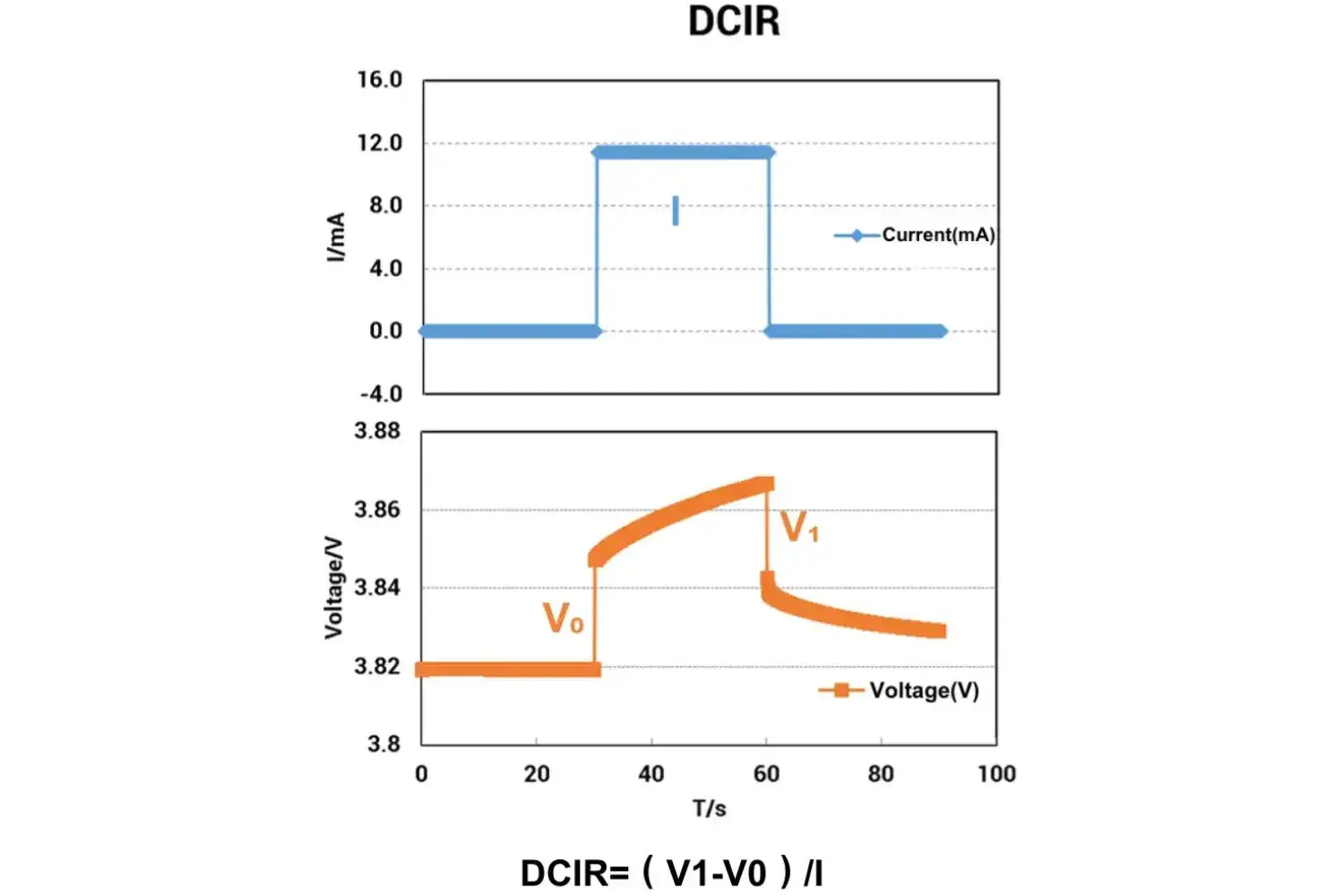
1. Preface With the widespread application of lithium-ion batteries in electric vehicles and energy storage systems, the consistency of individual cells within battery packs has b…